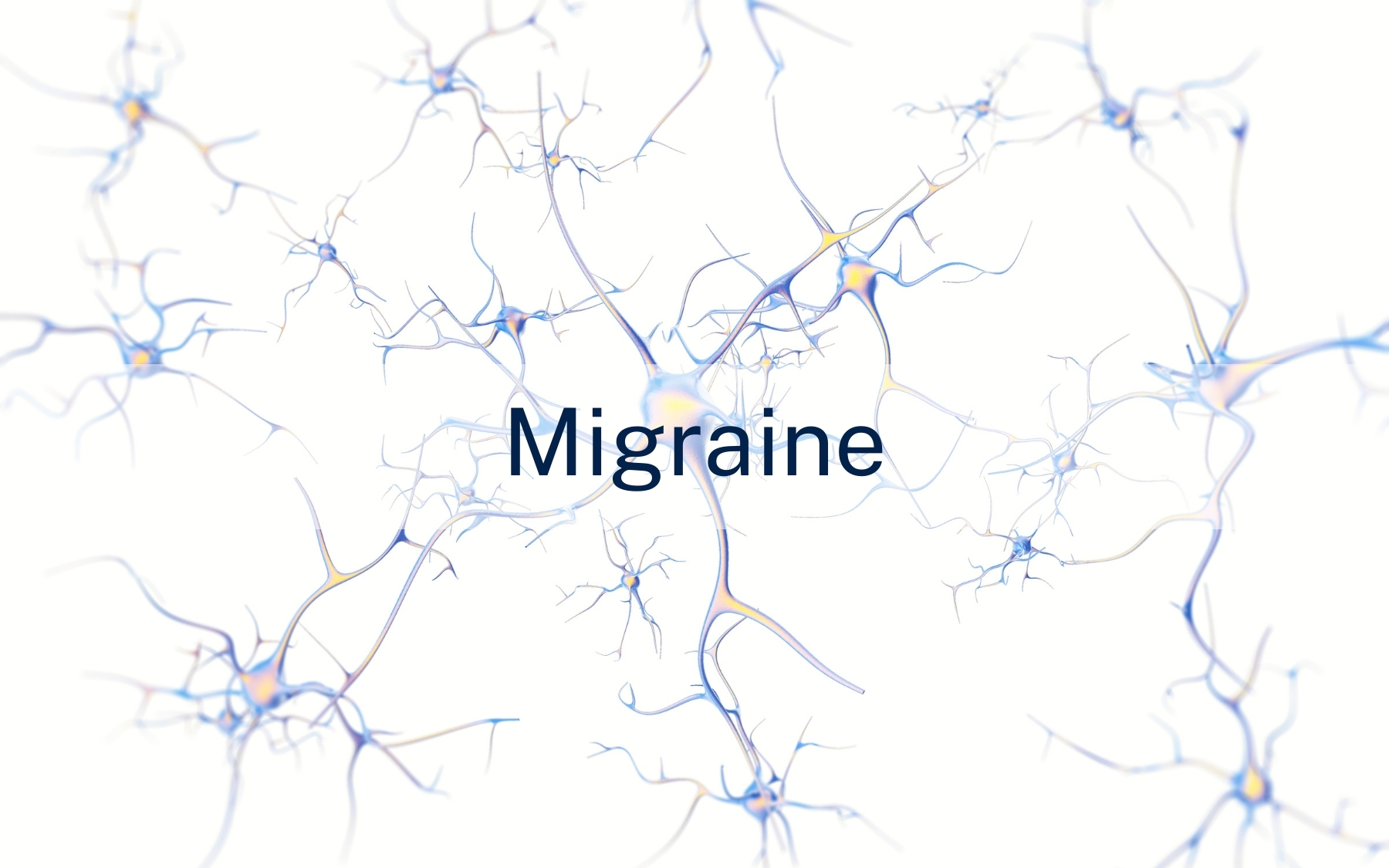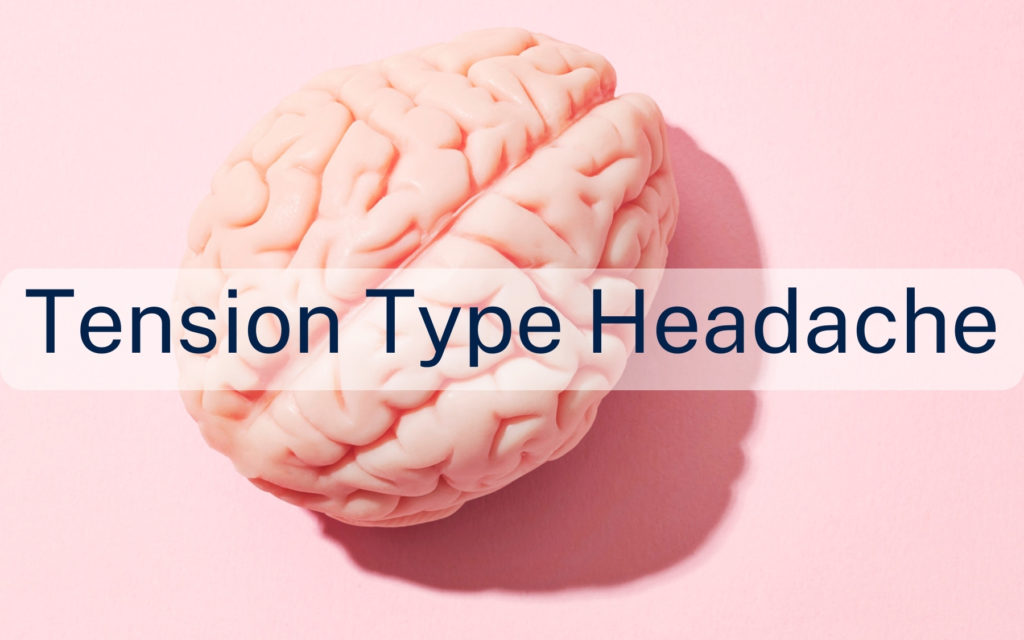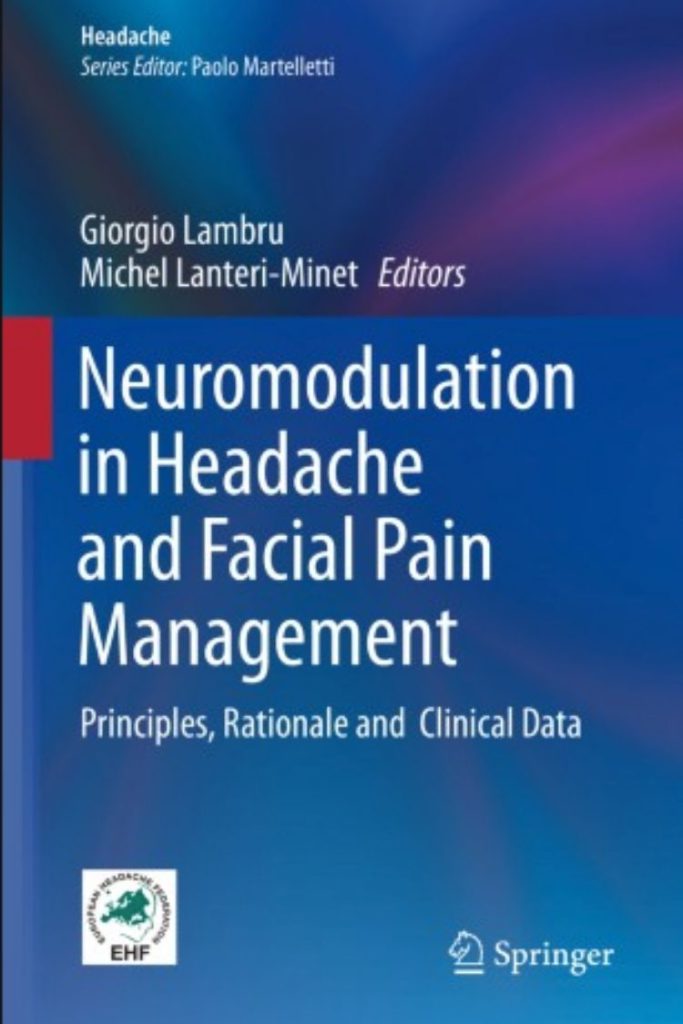Migraine is a brain disorder affecting globally about 12% of the general population, it is the second most disabling condition worldwide, affecting 17% of women and 6% of men, whereas 2.5%–3% of sufferers transit to chronic migraine (CM).
The lifetime prevalence is 33% in women and 13% in men. Migraine is associated with a significant detrimental effect on health related quality of life (HRQoL) and important socioeconomic impact. The World Health Organization (WHO) ranks migraine as the most disabling condition amongst the diseases worldwide under the age of 50. Migraine is considered a disturbance of sensory processing with wide implications within the central nervous system [6]. It is characterised by a multiphasic process that includes a premonitory phase, when systemic, psychological and neurological symptoms, the commonest of which are fatigue, impaired concentration, irritability, yawning, nausea and craving for food can occur; an aura phase, which occurs in about 20–30% of subjects with migraine and is characterised by reversible transient visual, sensory, speech, motor, and/or brainstem disturbances occurring before, during, after the pain phase or in absence of it. These symptoms usually last between 5 and 60 min before the headache begins; the migraine pain phase, often characterised by moderate to very severe throbbing uni-bilateral head pain episodes lasting 4–72 hours and potentially accompanied by various neurological symptoms, namely photophobia, phonophobia osmophobia, nausea, vomiting and/or diarrhoea, dizziness, and vertigo. Finally, the postdromal phase, is described as a period where the severe head pain has settled but other symptoms, namely, asthenia, fatigue, somnolence, impaired concentration, photophobia, and irritability continue for hours to few days. These multiphasic process of a broad constellation of signs and symptoms highlight the complexity and the diffuse involvement of multiple neural networks and anatomical brain regions.
According to the International Classification of Headache Disorders 3, subjects with at least 15 headache days of which at least eight fulfil the criteria for migraine with or without aura per month for at least three consecutive months have chronic migraine (CM). CM affects around 2–4% of the general population, with an annual incidence among people with episodic migraine is 2 · 5–3 · 0%. This type of migraine is related to a higher degree of headache-related disability than episodic migraine and is commonly linked with medication overuse headache (MOH). Due to the intensity and increased regularity of chronic migraines they can be extremely disruptive to daily life. People may require time of work or school and they may not be able to take part in social or physical activities. Research has also found that productivity is reduced by more than 50% in chronic migraine sufferers.
Treatment resistant migraine is still a debated definition. It refers to those subjects predominantly with CM who fail to tolerate and/or respond to adequate trials of established acute and preventive treatments. Up to 5%of the migraine population fulfils the criteria for refractory CM. This group of patients suffers from tremendous disruption of their quality of life because of the migraine.
Symptoms
In addition to lasting more than fifteen days per month over a three-month period, the common symptoms of chronic migraine include:
- Throbbing pain on one side of the head
- Nausea and vomiting
- Light sensitivity (photophobia)
- Noise sensitivity (phonophobia)
- Smell sensitivity (osmophobia)
- Dizziness
- Tingling in the face, hands or feet
- Auras (seeing flashing lights, colours, lines or shadows)
Triggers
Some people are able to pinpoint specific triggers such as caffeine or bright lights, whilst others cannot. The following factors are associated with increased risk of developing chronic migraines:
- Obesity
- Snoring
- Sleep disorders
- Excessive caffeine intake
- Psychiatric disease
- High baseline headache frequency
- Major life changes
- Head or neck injury
- Comorbidity pain disorders
Medication Overuse
73% of chronic migraine patients overuse headache medications. Overusing painkillers can lead to further complications and worsen the migraine symptoms. If you start to use headache medication daily then you should seek advice from your Doctor or Neurologist.
Diagnosis
There is not a specific test to diagnose chronic migraines. A specialist will assess the symptoms and establish the pattern and nature of the patient’s headaches. It is recommended to keep a diary of the frequency, severity and symptoms of headaches as this can help the consultant determine the diagnosis. Diagnostic tests and scans may be required to aid this process.
Potential Treatment Options
Currently there is no known cure for migraine, although the treatment options for migraine have dramatically improved over recent years. The consultant may recommend lifestyle changes and if these fail to work medications may be prescribed. Painkillers and anti-migraine medications might be prescribed for serious attacks, alternatively there are medications to prevent chronic migraines.
This article is intended to inform and give insight but not treat, diagnose or replace the advice of a doctor. Always seek medical advice with any questions regarding a medical condition.






0 Comments